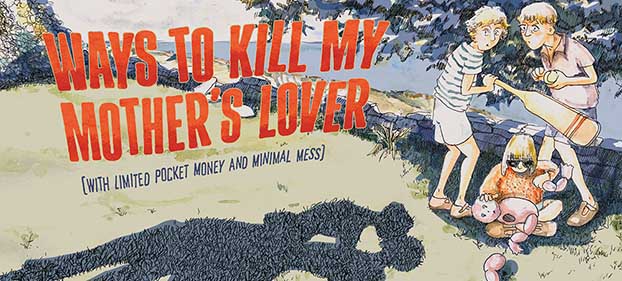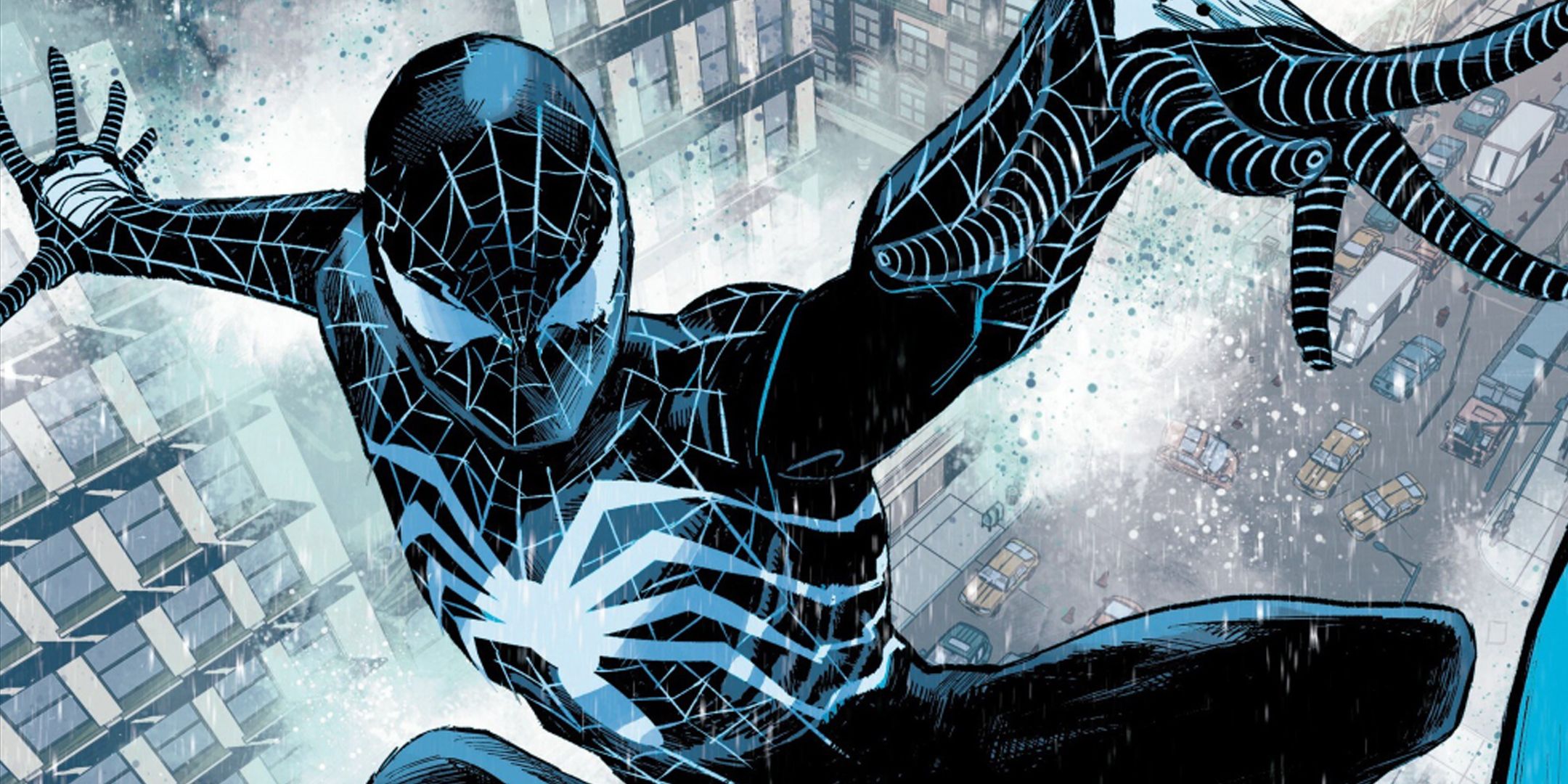
Andor Season 2 has arrived, and true to form, showrunner Tony Gilroy follows a similar blueprint to Season 1, prioritizing character-driven drama. While there are minor hiccups, the season’s direction remains compelling. Season 2 leans heavily into mature themes—particularly in Episode 3—so parental discretion is advised. Below, I’ll summarize the plot while avoiding major spoilers. Let’s get into it.

Episode 1
Set one year after Season 1 and four years before A New Hope, the season opens with rebel spy Cassian Andor (Diego Luna) tasked with stealing a prototype TIE Fighter. Though his background as a test pilot remains unclear, the theft sequence delivers a thrilling start, though the subsequent slowdown in pacing shifts focus to character dynamics. We reunite with Cassian’s allies—Brasso (Joplin Sibtain), Bix Caleen (Adria Arjona), Wilmon (Muhannad Bhaier), and droid B2EMO—now refugees on a farm planet working as mechanics. Meanwhile, Mon Mothma (Genevieve O’Reilly) faces mounting pressure on Chandrila as she prepares for her daughter’s politically arranged marriage, while her alliances begin to crumble. Luthen Rael (Stellan Skarsgård) reappears with his own agenda, and Imperial officers Dedra Meero (Denise Gough) and Major Partagaz (Anton Lesser) collaborate with Director Krennic (Ben Mendelsohn) to secure resources for a critical Imperial project (hint: it’s the Death Star). The episode ends with Andor ambushed by unidentified assailants after delivering the stolen TIE.

Episode 2
Andor is captured by a group of inept rebels whose chaotic behavior (and poor trigger discipline) underscores the rebellion’s fractured state. Trust and leadership breakdowns plague the disjointed resistance. On the farm planet, the Empire’s lockdown and goods audit heighten tensions, particularly for Bix, who attracts unwanted attention from an Imperial officer. Mon Mothma’s personal and professional struggles intensify as the wedding approaches, while Syril Karn (Kyle Soller) and Dedra Meero’s awkward romantic dynamic takes center stage. Andor escapes his captors in the stolen TIE—though viewers might wish he’d left a parting gift for his hapless foes.
Episode 3
The arc concludes with Mon Mothma’s daughter’s wedding proceeding despite familial strife, eliciting newfound empathy for the senator. On the farm planet, Bix narrowly fends off a sexual assault attempt by the Imperial officer—a first for Star Wars on-screen storytelling, cementing the show’s mature tone. If it wasn’t clear that Andor was embracing more mature themes, it is now. This rouses the Imperials into action to arrest, if not kill, Bix and company. Tragedy is averted, but at a heavy cost as Cassian arrives to save the day in the stolen TIE. The episode ends with a dance scene at the wedding, juxtaposing celebration and despair.

This first three-episode arc sets the stage for time jumps, with each subsequent block advancing a year toward Rogue One. Tony Gilroy and director Ariel Kleiman maintain Season 1’s high production standards: cinematography, effects, and practical sets remain exceptional. Chandrila’s lush scenery, architecture, and costumes stand out, offering a glimpse into Core World culture. The cast shines, particularly Adria Arjona’s raw portrayal of Bix and Genevieve O’Reilly’s nuanced Mon Mothma. While composer Brandon Roberts’ score hasn’t yet matched Nicholas Britell’s Season 1 impact, it remains serviceable, but didn’t have that ‘oomph’ yet for me that Britell’s did. We’ll see. It’s still early.

Alas, not everything’s perfect and I do have some gripes (other than those dumb rebels). With the 2nd season, I’m noticing a near total lack of aliens. With Chandrila being part of the galactic core and with the scenes occuring on Coruscant, the Imperial capital, I really would like to have seen more aliens. So far, I’ve only spotted a scant few. Hopefully this gets addressed as the show goes on. There are some minor characters that had questionable motivations for their actions, like the TIE technician’s sudden betrayal, which lacked clarity, and Syril’s cringe-inducing domestic scenes detracted from the tension.
Honestly, that infiltration of Seinar would have been a great plot to explore. Despite occasional pacing lulls, the action sequences are impactful, emphasizing realism and consequence. The battles are usually quick and dirty affairs, just like in real life and the deaths have more weight behind them. Of course, your mileage may vary.
I’m looking forward to how this plays out. I mean, of course I’ve already seen Rogue One, but it’s about the journey, yes? I’m eager to see how the next arcs unfold.
See you guys for the next 3 episodes!
***



















 English (US) ·
English (US) ·